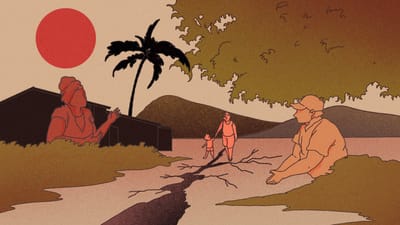For subscribers only
Subscribe now to read this post and also gain access to Jom’s full library of content.
Subscribe now Already have a paid account? Sign in
Held annually in the former whaling capital of the world, this 26-hour reading marathon of the novel Moby-Dick, by Herman Melville, welcomes a new fan on board, who, swept away by the intensity of the event, meditates on the universality of Melville's lines.
Subscribe now to read this post and also gain access to Jom’s full library of content.
Subscribe now Already have a paid account? Sign in
In Colombia's Caribbean coast, which has been affected by repeated cycles of violence, a Singaporean engages in the delicate yet fulfilling work of peacebuilding—which, she argues, is about more than eliminating physical violence.

Singaporeans have felt powerless during Israel’s war on Gaza, but Dr Ang Swee Chai, back only for the third time in 47 years, has never felt more hopeful for change.

As former British colonies, Malaya and Palestine were connected by the same global structures of domination, which survive to the present day. In this essay, Jom's history editor recovers the intricate threads that continue to involve Singapore in Palestine’s ongoing occupation and resistance.

As the accusations of genocide against Israel grow, we examine the history and power of the word, the evidence in Gaza today, and the connections between ordinary Singaporeans and Israel’s actions.

A Singaporean living in Australia explores its complex indigenous history on a trip to Tasmania, and discovers the power of truth-telling. The journey helps her reflect on Singapore’s relationship with its own “first peoples”.
Please click on the link sent to your e-mail to login to your account.